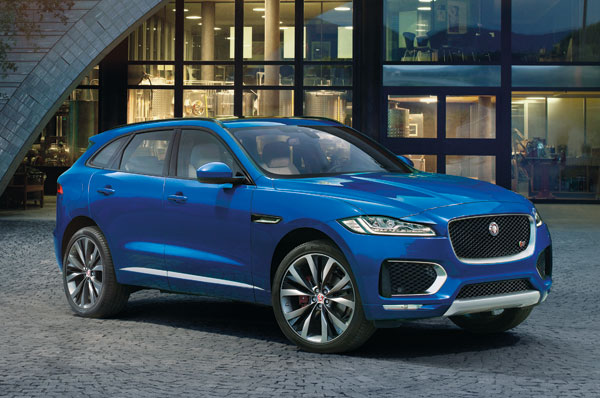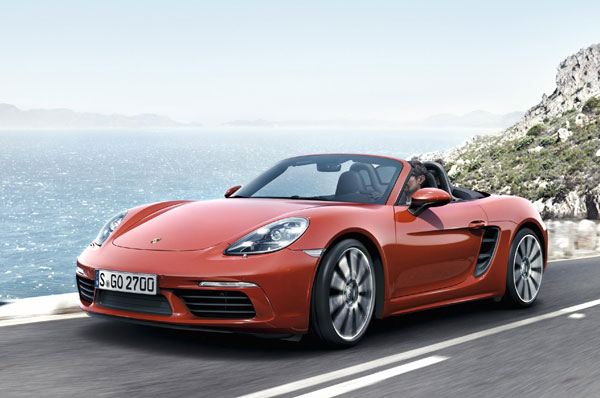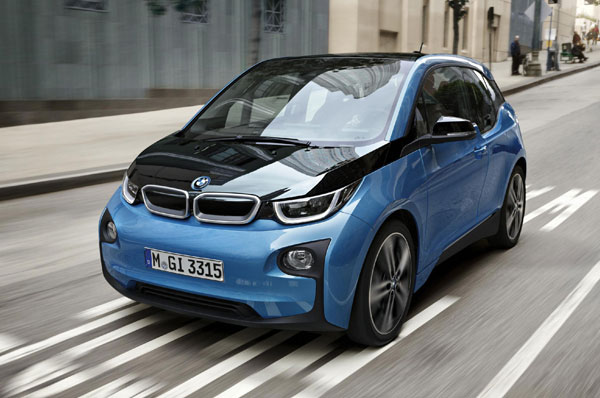September 2016 was quite a long time ago. That’s when this latest generation of Audi A4 was launched in India, and it was on sale all the way until February 2017 without a diesel engine. That might have been alright on its own, but the sole 1.4-litre petrol engine available in the A4 was the weakest link in an otherwise excellent chain. Audi seems to have more than made amends with the new diesel version – there’s no downsizing here, and in fact, the new 2.0-litre ‘35 TDI’ engine is more powerful than the old one.
And, like a dog that’s just heard a noise in the distance, the BMW 3-series and Mercedes-Benz C-class have pricked up their ears and come running over to see what all the fuss is about. While the A4 simply seemed outgunned in petrol guise, with an oil-burner under the hood, it really has the potential to rise to the top.
It’s also worth noting the spec we’ve chosen for these three. The Audi is in its top-spec trim with all the bells and whistles, sporting a 2.0-litre diesel engine that makes 190hp and 400Nm of torque. The BMW is in the mid-level Sport Line trim – not the full-on M-Sport variant – so while it loses out on the sporty add-ons and launch control, we feel this one is better value. Besides, you get the same engine across the range – a 2.0-litre diesel making 190hp and 400Nm, just like the Audi. As for the C-class, it’s the top-of-the-line 250d – although it costs a bit more than the other two, its 204hp, 500Nm twin-turbo motor should be a better performance match than the lower-powered 220d. At Rs 42.7 lakh, Rs 43.3 lakh and Rs 45.6 lakh for the BMW, Audi and Merc respectively, we think potential owners won’t be pinching pennies and will be happy to extend their budget if they see good value.
Easy aesthetics
These three compact luxury sedans sport distinct looks, all quite characteristic of their makers, and all have a certain appeal. The Audi is sharp, business-like, the Mercedes is flowing, elegant and regal, and the BMW is hunkered down and overtly sporty.

Similarly, on the inside, they follow their family templates and here’s where things get a bit more interesting. The A4 dons the latest Audi theme set forth by the Q7, and though its design may be restrained, it just reeks of quality. It’s hard to find a poorly made bit in here. The dashboard has a clear ‘horizontal’ theme, framed by the continuous air con vent and the rich-looking slab of wood beneath it, both of which run the width ofthe dashboard. The ‘metal’ spokes in the steering wheel, the Virtual Cockpit digital dials (a big draw with customers) and the haptic control buttons, all make it feel very high-tech. Even the free-standing screen for the MMI system fits in perfectly with this aesthetic, unlike in the Mercedes, where it looks out of place against the more traditional dashboard.
And speaking of the C-class, there’s really nothing that can match its cabin for sheer wow factor at this price. Flowing slates of polished wood, brushed ‘metal’ inserts separating large expanses of leather and even metal switches and knobs. In terms of design, it’s the opposite of the A4, opting for more traditional round shapes and flowing curves. And thanks to the massive panoramic sunroof, the cabin is superbly lit and feels more spacious than it actually is. Previously, we could hardly fault the Merc’s build quality, but it’s only after spending time in the new Audi that you realise, though it’s all very pretty, some plastics in the C-class just could have been better. Similarly with the instrument cluster; the analogue dials, although sporty, look a bit ordinary and out of place with the C’s regal interior, and are certainly a far cry from Audi’s digital cluster. The BMW has analogue dials too, but they do at least suit the car a bit better.

Though it may have been given a mid-life refresh in early 2016, the 3-series is, generationally, the oldest of the trio, and that’s starting to show in the cabin. It definitely feels solidly built, but you don’t get that last degree of finesse its newer rivals give you. The design itself is starting to look a bit dated and the materials just don’t feel quite as rich as in the other two. Another thing to note is that our test car is a Sport Line with black leather and red interior accents. For a more traditional luxury feel, we’d recommend the Luxury Line, which for the same price gets you beige leather, brown wood and silver accents instead. Still, like the outside, the interior has a sporty bent, with the dash curved a bit towards the driver, and a chunky steering wheel.

















































